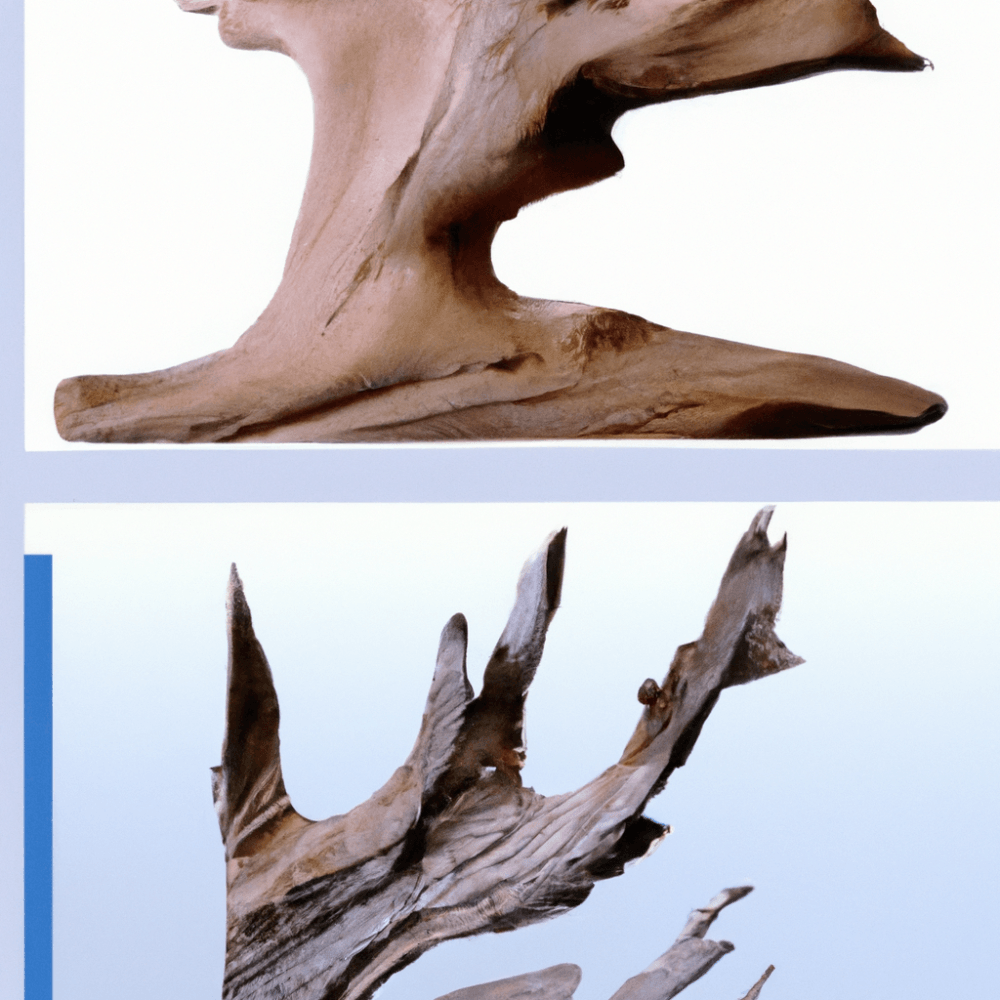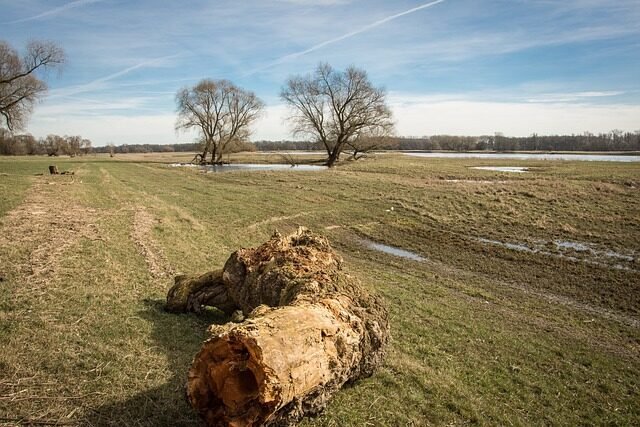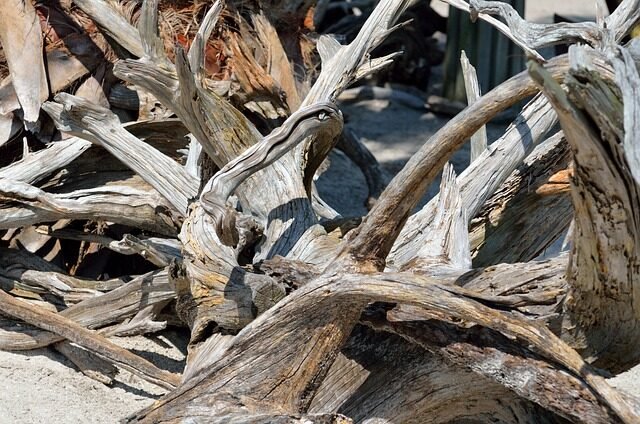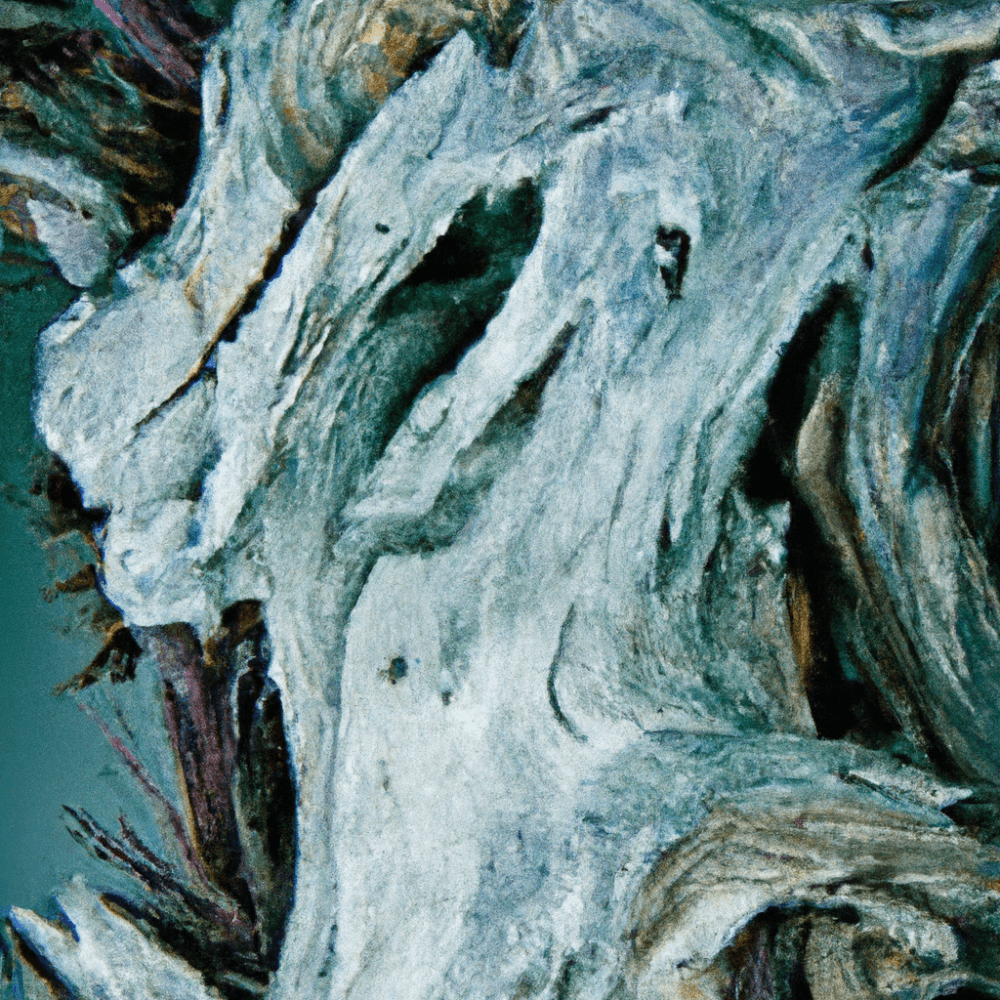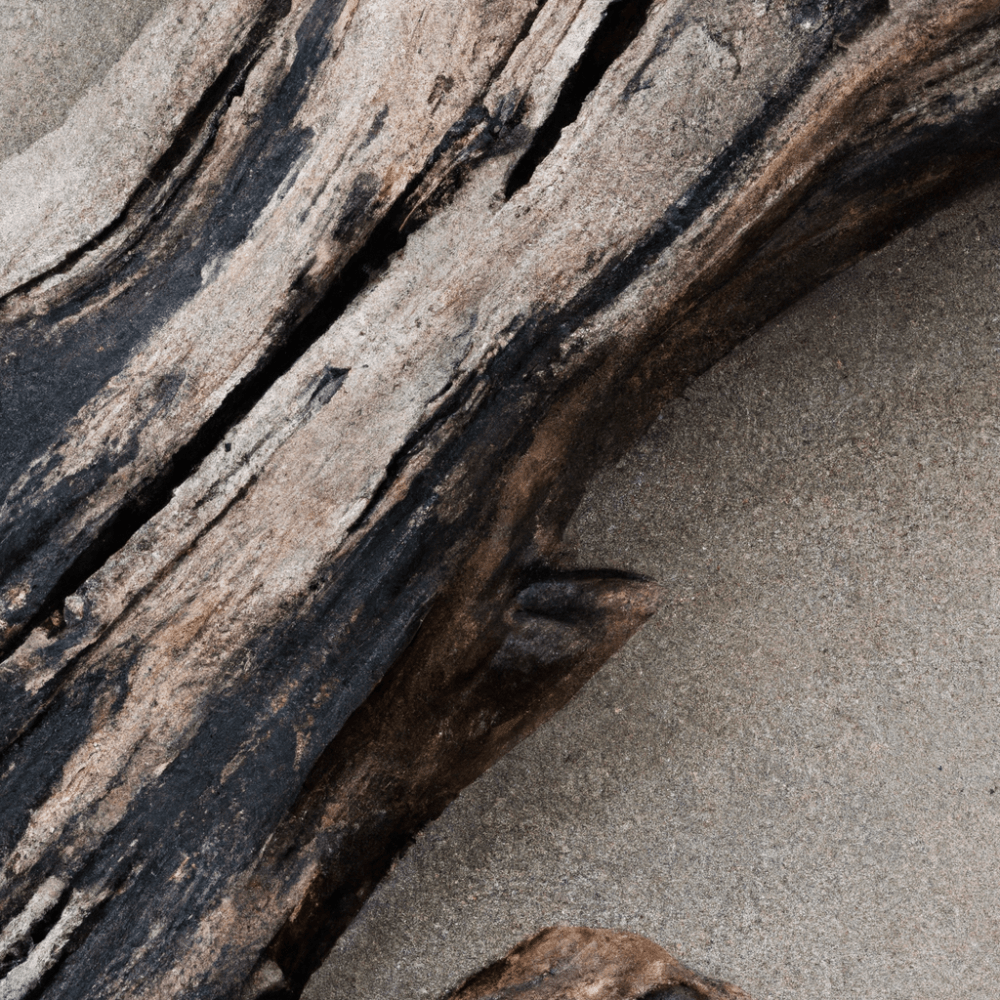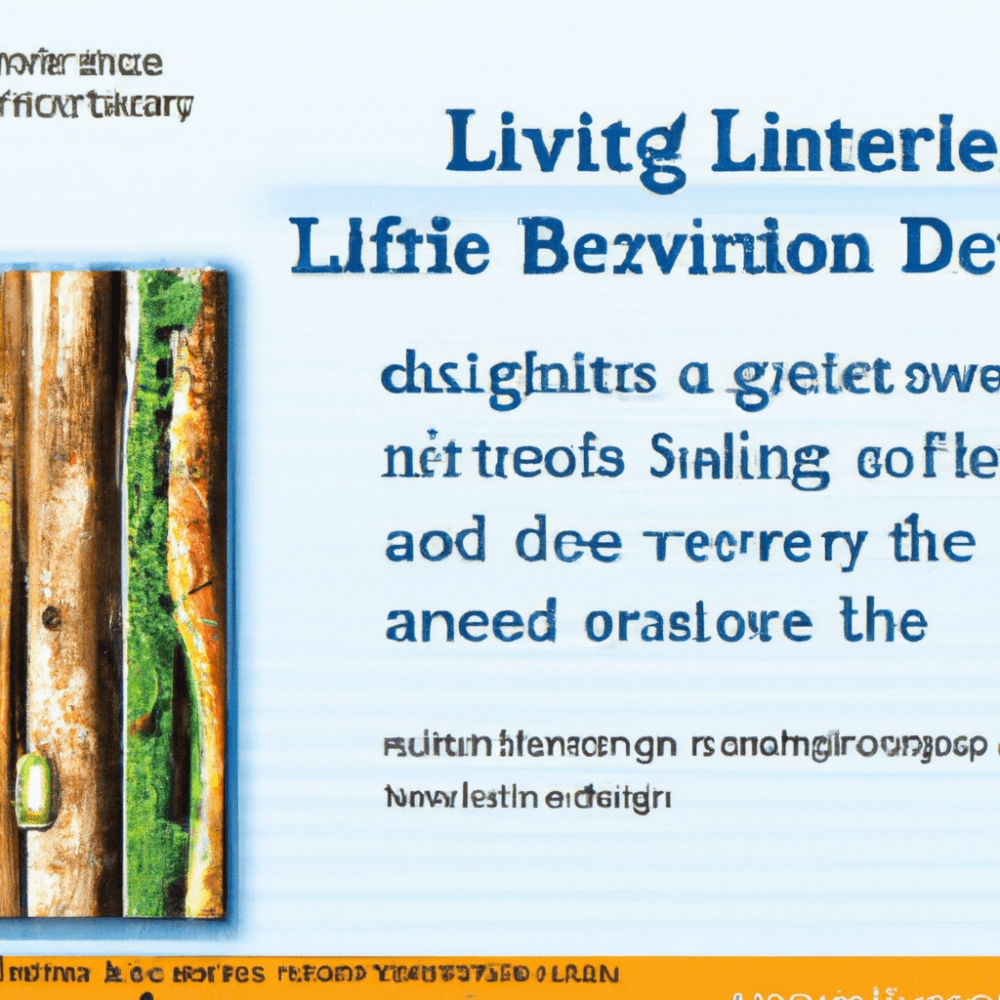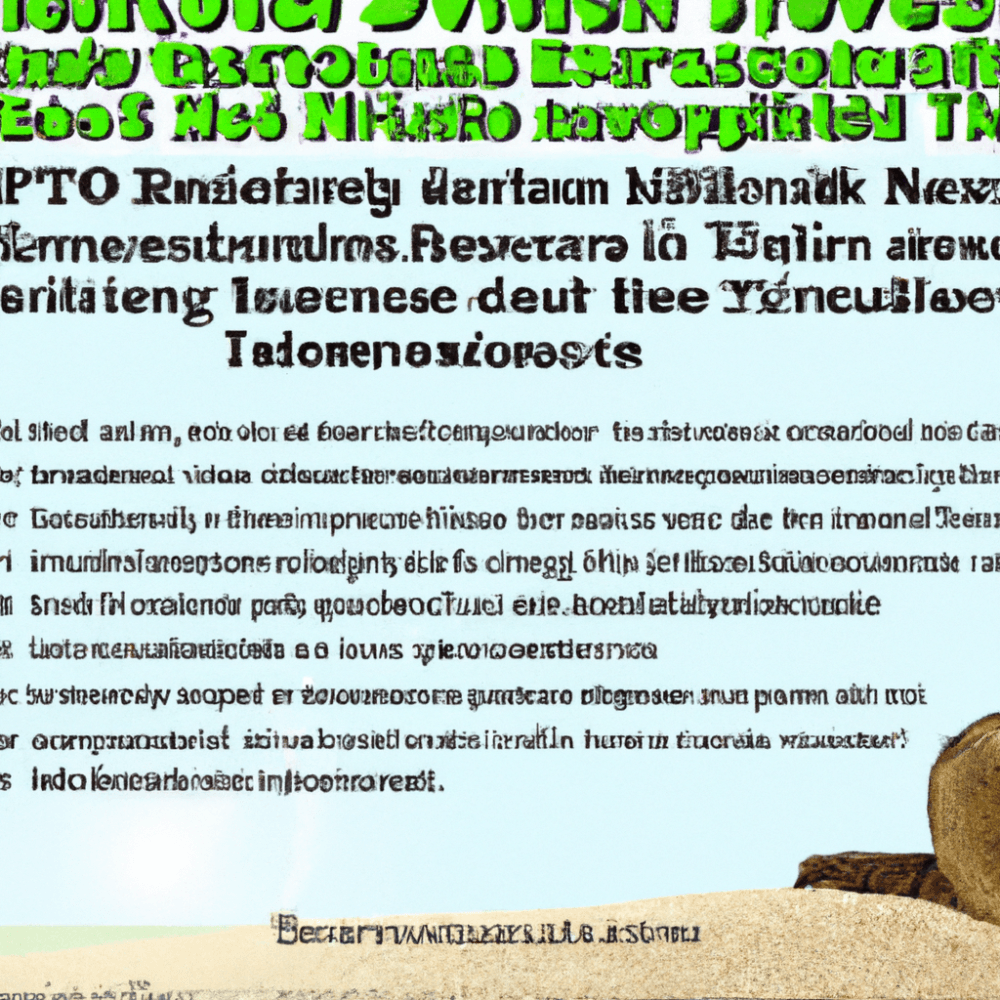Imagine walking along the shore, the salty breeze kissing your face, as you stumble upon an intriguing piece of wood washed up on the sand. Smooth and weathered, with its unique shape and patterns, it beckons you to pick it up and take it home. But wait, can you collect driftwood? In this article, we will explore the fascinating world of driftwood collecting and discover the answers to this captivating question. Get ready to uncover the secrets of this natural treasure and unleash your inner beachcomber!
Regulations and Laws
Understanding Local Regulations
When it comes to collecting driftwood, it is important to understand and abide by local regulations. These regulations can vary depending on the region and may include restrictions on the collection of driftwood from certain areas, such as protected or private lands. By familiarizing yourself with the specific rules and guidelines in your area, you can ensure that you collect driftwood in a responsible and legal manner.
National and International Laws
In addition to local regulations, there are also national and international laws that govern the collection and trade of driftwood. These laws are in place to protect natural habitats, preserve biodiversity, and prevent the illegal trafficking of wood. It is essential to research and comply with these laws to avoid any legal issues and contribute to the conservation of natural resources.
Protected Areas and Wildlife
Many driftwood collection regulations are in place to protect sensitive ecosystems and wildlife habitats. Protected areas, such as nature reserves, national parks, and wildlife sanctuaries, often have restrictions on the removal of driftwood. This is because driftwood plays a vital role in these ecosystems by providing shelter and habitat for various organisms, including birds, insects, and small mammals. By respecting these regulations, you can help maintain the delicate balance of these protected areas and protect the wildlife that rely on driftwood for survival.
Government Permits and Permissions
In some cases, you may need to obtain government permits or permissions to collect driftwood legally. These permits are typically required for activities that involve the removal of driftwood from protected areas or for commercial purposes. By obtaining the necessary permits, you can ensure that your driftwood collection activities are authorized and in compliance with the law.
Identifying Driftwood
What is Driftwood?
Driftwood refers to pieces of wood that have been washed ashore by the ocean, rivers, or other bodies of water. It is often characterized by its smooth, weathered appearance and unique shapes, which result from the action of waves, currents, and exposure to the elements. Driftwood can vary in size from small twigs to large logs, and it can be found on beaches, riverbanks, and other coastal areas around the world.
Types and Characteristics
Driftwood can come from a variety of sources, including fallen trees, logs from logging operations, and remnants of shipwrecks. The type and characteristics of driftwood can vary depending on its origin. For example, driftwood from deciduous trees may have a lighter color and a different texture compared to driftwood from coniferous trees. Additionally, the wood may be fragmented or worn down due to extended exposure to water and weathering processes.
Differentiating between Driftwood and Debris
While driftwood is a natural and valuable resource, it is important to differentiate it from debris, which may include man-made materials and pollutants. Debris, such as plastic bottles, styrofoam, and fishing nets, can have a negative impact on the environment and should be properly disposed of. By learning to identify driftwood and distinguish it from debris, you can ensure that you collect and utilize only the natural and environmentally-friendly pieces.

Importance of Driftwood in Ecosystems
Habitat and Shelter for Organisms
Driftwood plays a crucial role in providing habitat and shelter for a wide range of organisms in coastal and aquatic ecosystems. Small invertebrates, such as crabs and insects, often use driftwood as a refuge from predators and as a place to lay their eggs. Birds may perch on driftwood while searching for food, and fish and other aquatic species may seek shelter among the submerged branches and roots. By collecting driftwood responsibly, you can help preserve these vital habitats and support the biodiversity of local ecosystems.
Nutrient Cycling and Soil Enhancement
When driftwood eventually decomposes, it releases various nutrients into the surrounding soil and water. These nutrients, including carbon, nitrogen, and phosphorous, contribute to the nutrient cycling process, which is essential for the growth and productivity of plants and other organisms. Decomposing driftwood also enriches the soil, improving its fertility and aiding in the development of vegetation along coastlines and riverbanks. By leaving driftwood in its natural environment, you allow these important ecological processes to occur and promote the health of the surrounding ecosystems.
Erosion Control and Beach Stabilization
Driftwood plays a significant role in erosion control and beach stabilization. The complex network of branches and roots created by driftwood can help trap sediments and reduce the impacts of erosion caused by wind, waves, and tides. This, in turn, helps maintain the stability of coastal areas and prevents the loss of valuable beachfronts. By leaving driftwood in place, you contribute to the natural processes that protect shorelines and create a buffer against erosion.
Environmental Considerations
Conservation and Ecological Balance
By understanding and respecting the environmental considerations associated with driftwood collection, you can contribute to the conservation of natural resources and the maintenance of ecological balance. It is important to remember that driftwood is an integral part of coastal and aquatic ecosystems, playing a role in habitat creation, nutrient cycling, erosion control, and more. By minimizing the impact of your collection activities and leaving behind the majority of driftwood, you can help preserve the delicate balance of these ecosystems.
Impact on Marine and Coastal Ecosystems
Improper driftwood collection practices can have negative impacts on marine and coastal ecosystems. Removing excessive amounts of driftwood from beaches can disrupt the natural processes that rely on this resource, such as erosion control and the provision of habitat. Additionally, disturbance of seabed habitats during collection activities can contribute to the loss of important ecosystems, such as seagrass beds and coral reefs. Responsible and sustainable driftwood collection practices are essential to minimize these potential impacts and protect the health of marine and coastal environments.
Sustainable Collection Practices
To minimize the environmental impact of driftwood collection, it is important to adopt sustainable practices. This includes collecting driftwood in moderation, focusing on smaller and more abundant pieces rather than large logs, and avoiding the removal of driftwood from protected areas. It is also crucial to avoid damaging fragile habitats during collection and to be mindful of the potential presence of nesting grounds or breeding sites for wildlife. By following these practices, you can enjoy driftwood collection while minimizing your ecological footprint.





